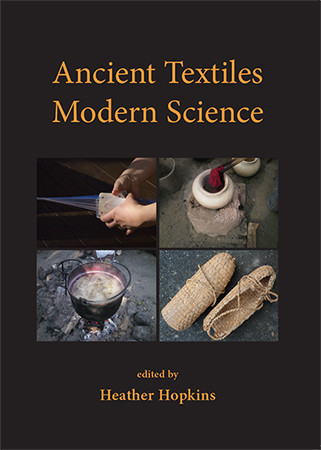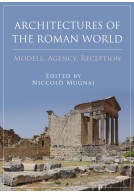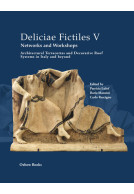Ancient Textiles, Modern Science (Paperback)
Imprint: Oxbow Books
Pages: 133
Illustrations: b/w illustrations
ISBN: 9781842176641
Published: 31st August 2013
Script Academic & Professional
Pages: 133
Illustrations: b/w illustrations
ISBN: 9781842176641
Published: 31st August 2013
Script Academic & Professional
You'll be £36.00 closer to your next £10.00 credit when you purchase Ancient Textiles, Modern Science. What's this?
+£4.99 UK Delivery or free UK delivery if order is over £40
(click here for international delivery rates)
Order within the next 2 hours, 8 minutes to get your order processed the next working day!
Need a currency converter? Check XE.com for live rates
(click here for international delivery rates)
Order within the next 2 hours, 8 minutes to get your order processed the next working day!
Need a currency converter? Check XE.com for live rates
The European Textile Forum was founded as an annual meeting for academics, craftspeople, re-enactors and enthusiasts to share their experiences and compare notes. With varied day workshops and evening lectures, the ‘Textilforum’ has something for everyone. The conference takes place over a week, which not only allows time to learn new techniques and discuss new findings, but to also undertake lengthy experiments that require a large number of experienced specialists. Textilforum is the practical proving ground to test archaeological theories in appropriate surroundings. This book is the publication of a series of lectures and experiments that were undertaken at the First and Second European Textile Forum in 2009 and 2010. Each had a new approach, exploring a question of textile manufacture in a scientific way, revealing answers and outcomes that were unavailable before. The First European Textile Forum hosted an experiment that found the relationship between archaeological hand-spinning finds and the yarn they produce: only a meeting such as the Textilforum could generate sufficient data for analysis. This scientific approach reflects in contributions describing the reconstruction of tablet-woven artefacts, with explorations of the method of tablet-weaving and a reassessment of archaeological finds and depictions. The Second European Textile Forum explored the practical aspects of undertaking reconstructions such as Stone Age fabrics, Roman dyeing or the clothing of Gunnister Man, including the deconstruction of the original artefact, allowing for the unexpected and the implication of new findings. Techniques for treating raw materials, creating fabrics and finishing artefacts are explored. The wider purpose and legacy of the European Textile Forum is as a foundation for the coming years. The basis for research and communication, with a market for exchanging tools and materials, means that each participant can avoid individually ‘re-inventing the wheel’. The purpose of this book is to share these findings.
Other titles in Oxbow Books...















